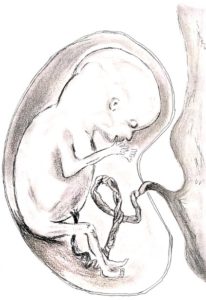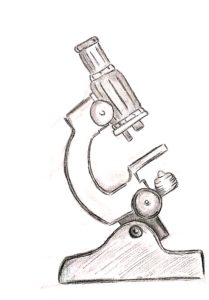There are many different lifestyle factors that have been shown to play a role in a man’s semen quality.
Smoking Cigarettes
Smoking, a known risk factor for decreased male fertility, has been associated with lower sperm concentration, count, motility and morphology, possibly via its tendency to cause high levels of oxidative stress and DNA damage. Effects on sperm quality are seen in both fertile and subfertile males. Paternal smoking has been associated with both failed IUI and failed IVF. However, this risk can be slowly reversed once the male partner quits smoking. While there is still much evidence to be collected on the subject, it is generally recommended for a couple attempting to conceive to quit smoking and to minimize their exposure to tobacco smoke.
Alcohol
Alcohol has been shown to affect several different aspects of male fertility. It can interfere with the production of hormones necessary for correct sperm production, resulting in problematic development and maturation of sperm cells. While research shows that the level of alcohol’s detrimental effects on sperm quality is dependent on the amount ingested, it is still unclear what the minimum “risk-free” amount is.
Obesity
Excess weight and obesity, as defined using the body mass index (BMI), has been associated with decreased sperm quality, including lower semen volume, lower sperm concentration, abnormal morphology and high levels of DNA fragmentation. Obese men undergoing IVF have a lower rate of live birth per cycle.
Drug Use
Regular marijuana smoking, categorized as more than once weekly, has been associated with lower sperm concentration. When combined with other recreational drugs, the effects become more prominent.
Long-term cocaine use has been associated with lower sperm concentration and motility, as well as with abnormal morphology.
Use of anabolic-androgenic steroids (AAS), more commonly known as performance enhancing drugs used by athletes, can result in hypogonadism (insufficient hormone production) and azoospermia. AAS-related azoospermia, however, is usually reversible.
Advanced Paternal Age
Several studies have indicated that male sperm quality decreased gradually over time, although the mechanisms behind the decline are not yet understood. Advanced paternal age has also been associated with high rates of spontaneous abortion, along with a lower pregnancy rate with both natural conception or IUI.
Dietary Practice
Diet and nutrition are incredibly important factors when it comes to semen quality. A healthy and balanced diet has been shown to be associated with better semen quality, while a diet composed of processed meat, full-fat dairy, alcohol, coffee, and sugared beverages have been associated with low semen quality.



